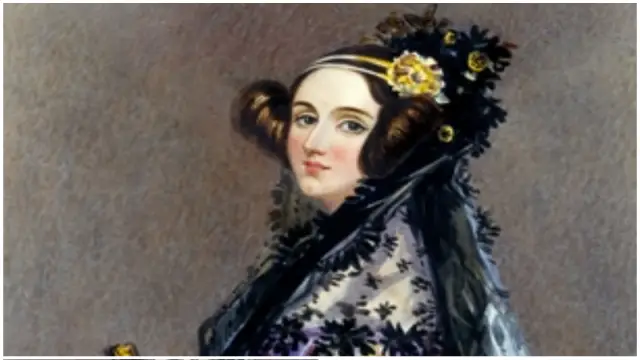Ada Lovelace, born Augusta Ada Byron on December 10, 1815, was a trailblazer in mathematics and computing. Often called the first computer programmer, her contributions to science and technology remain groundbreaking. This article explores her fascinating life, her achievements, and her enduring legacy.
Ada Lovelace Early Life: A Troubled Childhood
Ada Lovelace was the only legitimate child of the famous poet Lord Byron and his wife, Anne Isabella Milbanke. Her parents separated just a month after her birth, and Ada never knew her father, who died when she was nine.
Her mother, fearing Ada might inherit Lord Byron’s rebellious nature, ensured she received a rigorous education. Ada was tutored in mathematics and science, subjects her mother believed would suppress any “poetic” tendencies.
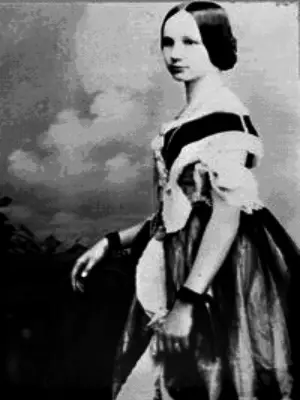
Despite her mother’s emotional distance, Ada showed a remarkable talent for numbers. Her early fascination with mathematics set the stage for her future achievements.
A Passion for Mathematics
Ada’s love for mathematics grew as she studied under some of the best tutors of her time. Her mentor, Mary Somerville, introduced her to advanced mathematical concepts and encouraged her intellectual pursuits.
At 17, Ada attempted to elope with her private tutor, but the plan failed. This incident only strengthened her mother’s resolve to keep Ada focused on her studies.
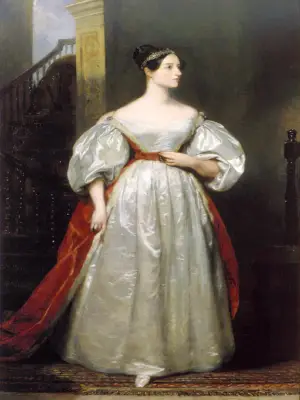
In 1835, Ada married William King, who later became the Earl of Lovelace. This gave her the title Countess of Lovelace, by which she is best known.
Meeting Charles Babbage: A Turning Point
Ada’s life changed forever when she met Charles Babbage, a brilliant inventor and mathematician. Babbage was working on two revolutionary machines: the Difference Engine and the Analytical Engine.
The Analytical Engine, designed to perform complex calculations, is considered the precursor to modern computers. Ada was captivated by its potential.
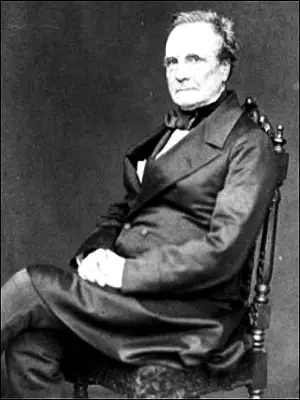
In 1842, Babbage asked Ada to translate an article about the Analytical Engine written by Italian engineer Luigi Menabrea. Ada not only translated the text but also added her own extensive notes.
The First Computer Program
Ada’s notes included a detailed algorithm for calculating Bernoulli numbers using the Analytical Engine. This algorithm is often regarded as the first computer program.
Her visionary insights went beyond mere calculations. Ada realized the Analytical Engine could do more than crunch numbers—it could manipulate symbols and create music or art. This idea was revolutionary at the time.
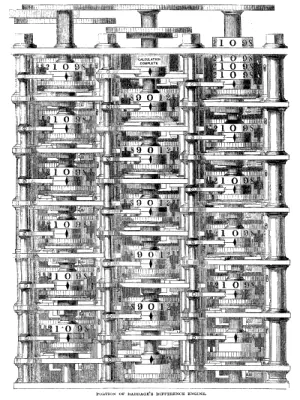
Although some debate her role in creating the algorithm, Ada’s contributions to computing are undeniable. She was the first to see the potential of programmable machines.
Personal Struggles and Legacy
Ada’s personal life was marked by challenges. She had a relaxed relationship with several men, leading to rumors of affairs. She also joined a gambling syndicate, hoping to use mathematics to win big. The scheme failed, leaving her in significant debt.
In 1852, Ada was diagnosed with uterine cancer. As her health declined, her mother took control of her life, restricting visits from friends. Ada underwent a religious conversion and confessed something to her husband on her deathbed. The nature of this confession remains a mystery.
Ada Lovelace died on November 27, 1852, at the age of 36.
Why Ada Lovelace Matters
Ada Lovelace’s legacy lives on. She is celebrated as a pioneer in computing and a role model for women in STEM. The programming language Ada, developed for the U.S. Department of Defense, is named in her honor.
Her story reminds us of the importance of curiosity, creativity, and perseverance. Ada’s ability to see the potential of technology in an era when women’s contributions were often overlooked is truly inspiring.
Conclusion
Ada Lovelace was more than just a mathematician—she was a visionary. Her work laid the foundation for modern computing, and her story continues to inspire generations.
From her troubled childhood to her groundbreaking achievements, Ada’s life is a testament to the power of intellect and imagination. She remains a shining example of how one person’s ideas can change the world.

